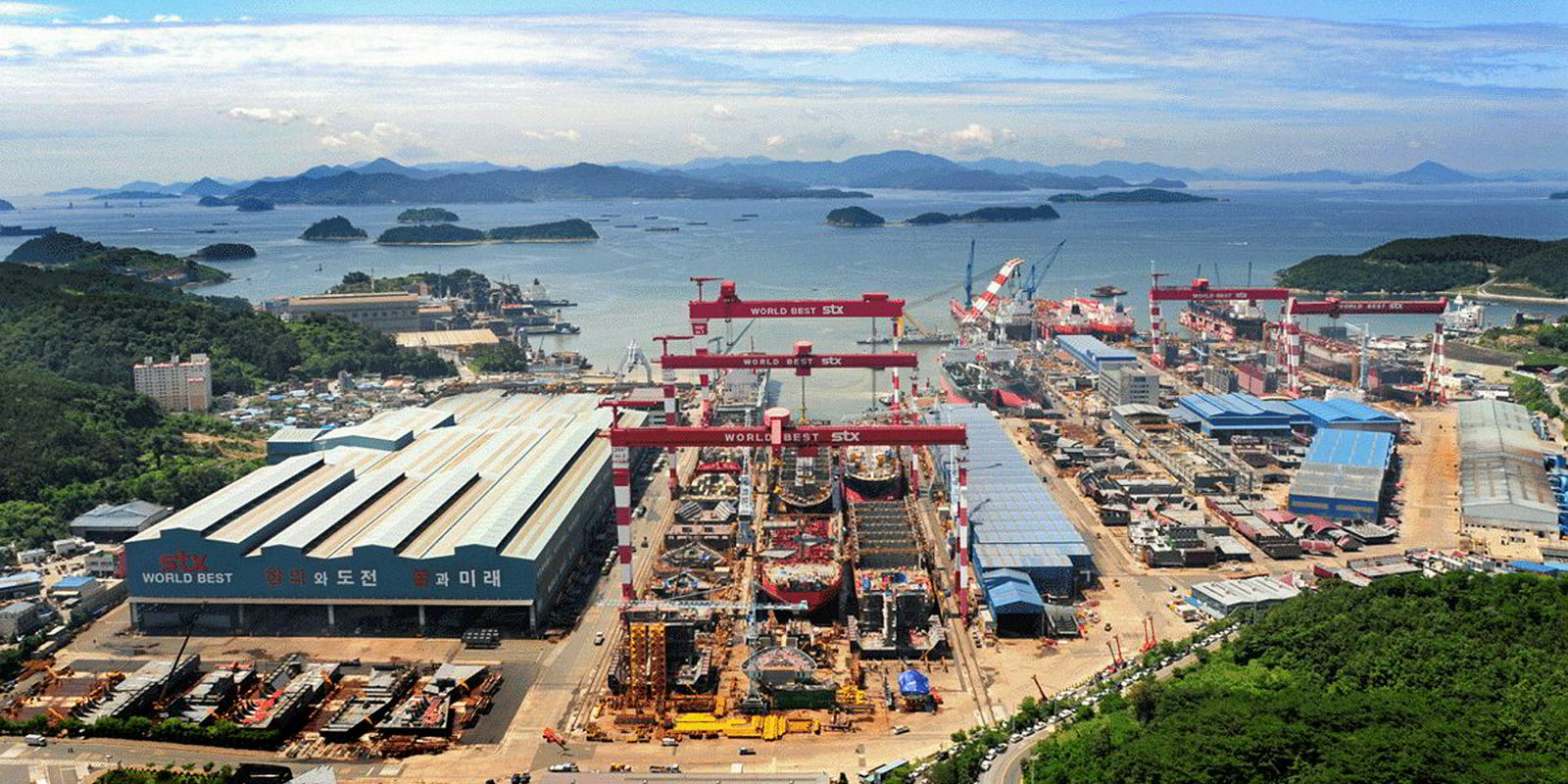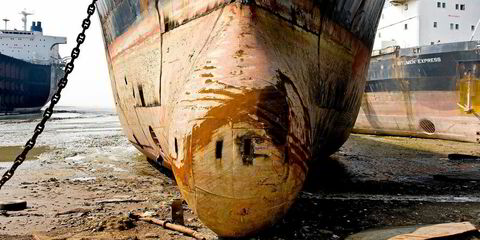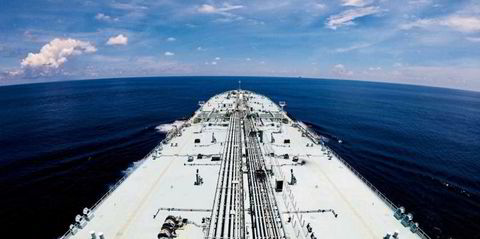Shipping’s newbuilding orderbook has shrunk to the lowest level in 15 years but it is now declining at a slower rate, according to data from Clarksons.
It counted 3,202 vessels of a combined 81.2 million gross tons on order globally at the start of April this year, a figure below anything seen since 2004.
George Warner of Clarksons Research said: “The global orderbook has declined to its lowest level since the early stages of the shipbuilding boom.”
Post-crisis change in demand
However, 10 years on from the financial crisis today’s newbuilding orderbook looks very different and is almost 60% down in gross tonnage.
Warner explained that a decade ago tankers and bulkers accounted for around two thirds of the tonnage on order. This had dropped to 42% at the end of the first quarter this year.
At the same time, more complex vessels are now making a larger contribution to the orderbook.
The 141 LNG carriers of 10.8 million gross tons now on order represents 13% of the total orderbook, compared to just 2% a decade ago, Warner noted.
A similar picture can be observed in cruise, where the 112 vessels of 10 million gross tons accounts for 12% of the orderbook. A decade ago, cruise made up just 2% of the global orderbook.
Despite tankers accounting for a lower share of newbuildings globally today, the first quarter of 2019 saw stable demand for new vessels in that space.
Banchero Costa says 4.54 million dwt of new ships were added to the crude orderbook through to the end of March, down from 5.13 million dwt in the same period of 2018.
This year it counts 18 tankers, spanning 12 VLCCs, five suezmaxes and one aframax added.
Overall, this matches the 18 crude tankers ordered in the corresponding stretch of 2018, however, a breakdown of the period by sub-sector was not provided.
LNG orders 'worrisome'
LNG ordering has also continued at pace this year with 13 new ships added in the first quarter, according to figures from DNB Markets.
“This would equate to run-rate ordering of 56 vessels, somewhat below last year’s 66, but still nautical miles ahead of 14 in 2017 and 8 in 2016,” according to analyst Nicolay Dyvik.
“A run-rate of 56 vessels in 2019 is clearly worrisome, but it remains to be seen if contracting activity remains at elevated levels in face of a challenging LNG carrier spot market.”







